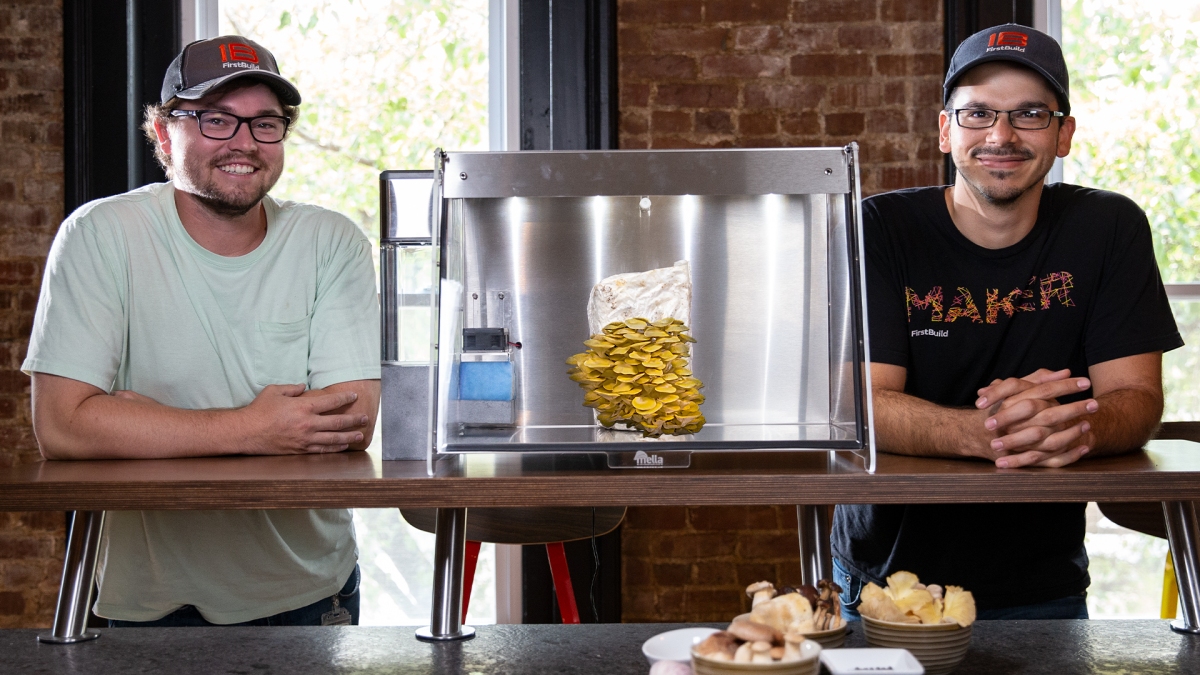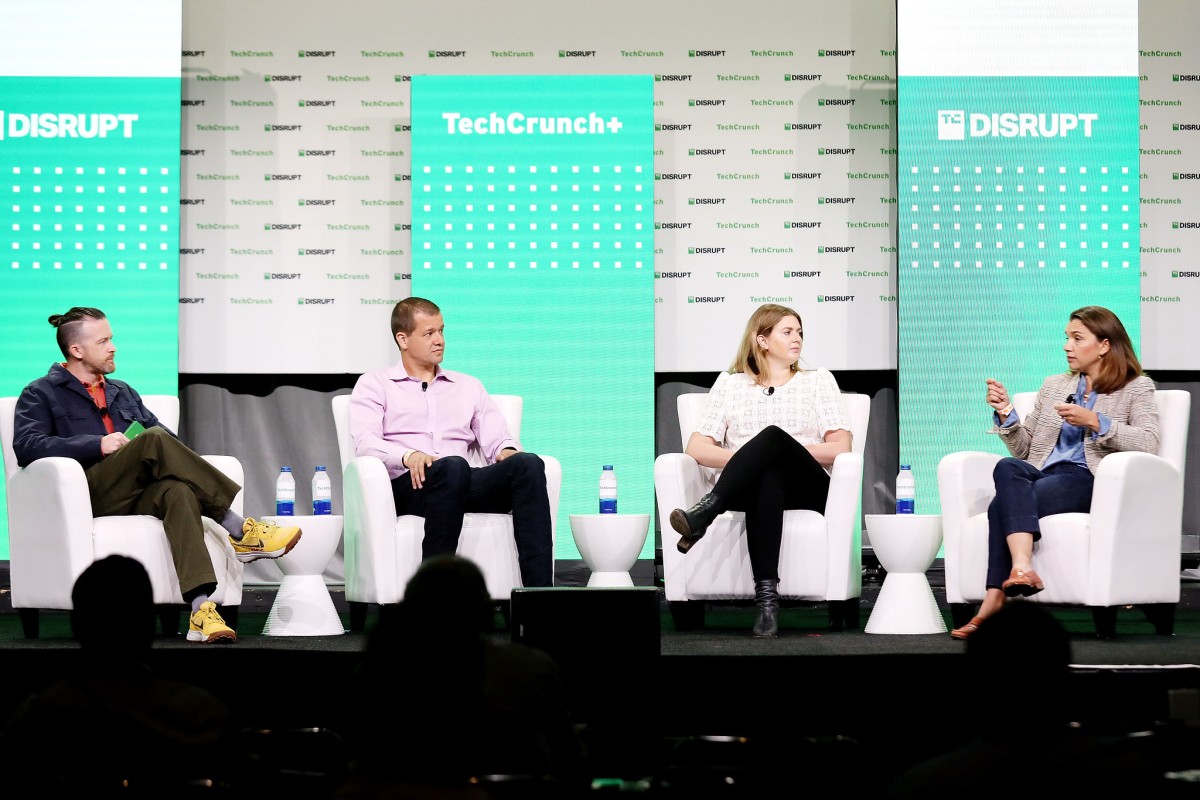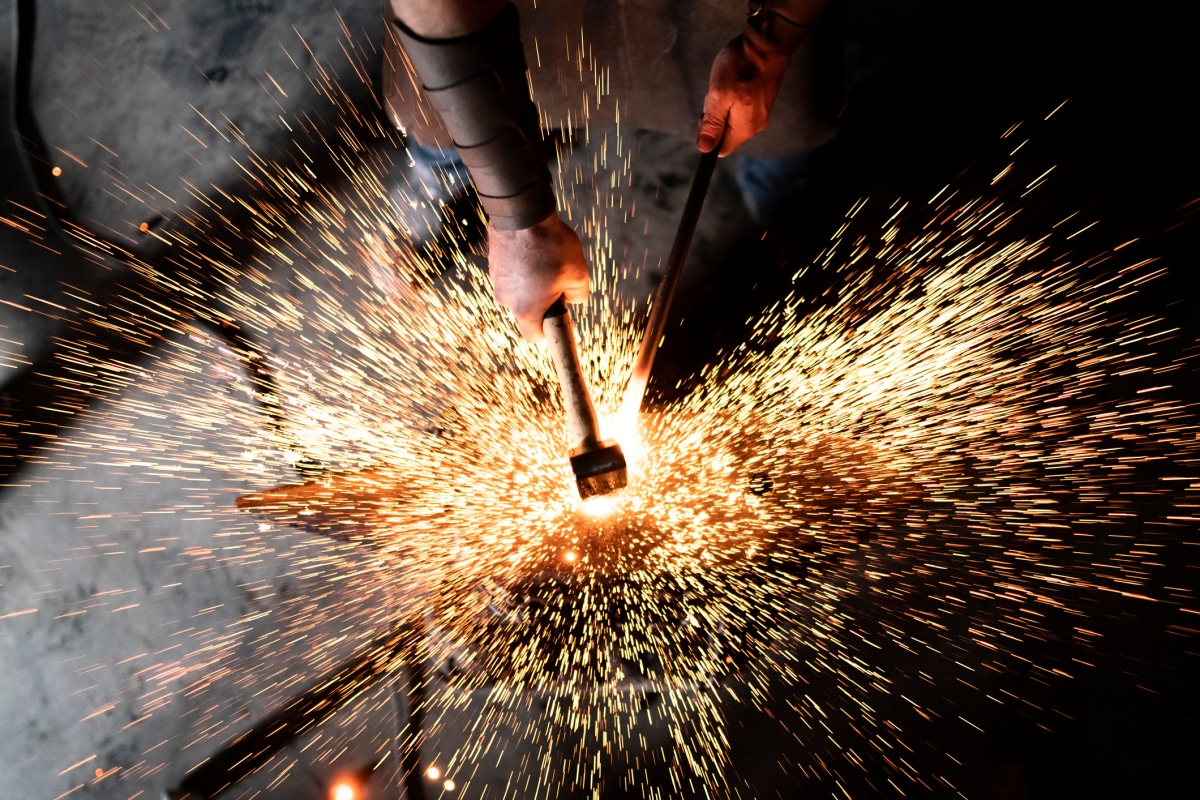How the FirstBuild product co-creation studio is changing how new things are made • ZebethMedia
Crowdfunding, crowdsourcing and small-batch production for the win If you are running R&D at a large appliance manufacturer, you have a challenge. You typically make products in enormous quantities at pretty slim margins. In order to recoup your development, tooling and launch marketing costs, you need to create and sell a huge number of products. To ensure that that’s possible, you’d probably end up doing a bunch of user and market research to ascertain that you have the highest chance of success with your products. That makes sense, but the very business model itself means that it’s hard to do something truly risky, which in turn means that mainstream manufacturers rarely come up with anything genuinely innovative. If there was a mushroom fruiting appliance, would a lot more people regularly be growing mushrooms at home? There was only one way to find out: to build one and to try and sell it. That’s where FirstBuild comes in. If you’re a small appliances nerd, you may have seen its Opal nugget ice maker, the studio’s first big breakthrough; the Mella mushroom fruiting chamber; its indoor pizza oven; or the Arden indoor smoker. I spoke with André Zdanow, president at FirstBuild, to figure out where these ideas came from and how the studio is working to try to replicate those successes. “The most famous example is probably the Opal nugget ice maker. At first, it wasn’t actually a product at all — it was a technology being worked on in the refrigeration division of GE Appliances,” Zdanow said, explaining that it turned out to be a head-scratcher. They wanted to put the “nugget ice” into a fridge but weren’t able to figure out exactly what the market size would be for such a thing. “It’s actually really complicated to put the technology into a refrigerator. In other words, it was really a great idea that engineers had been toying around with for years, but in the context of the focus and economics of a multibillion-dollar company, it wasn’t something that they could focus on.” The Opal nugget ice maker was FirstBuild’s first commercial success. Image Credits: FirstBuild In a parallel universe, that tech would never have seen the light of day, but instead, the engineers came to FirstBuild and wondered what would happen if they put the tech in a separate appliance, rather than into a full-size refrigerator. “We see lots of people go to the store and buy this type of ice. They call it Sonic ice or hospital ice. We decided to develop a prototype and see if people want it to be just an ice maker,” Zdanow explained. That was the genesis of the FirstBuild lab’s success. “It started with crude concepts that looked like an ice maker but had nugget ice in it. From there, it progressed through industrial design and ultimately to a $2.7 million crowdfunding campaign on Kickstarter back in 2015.”


